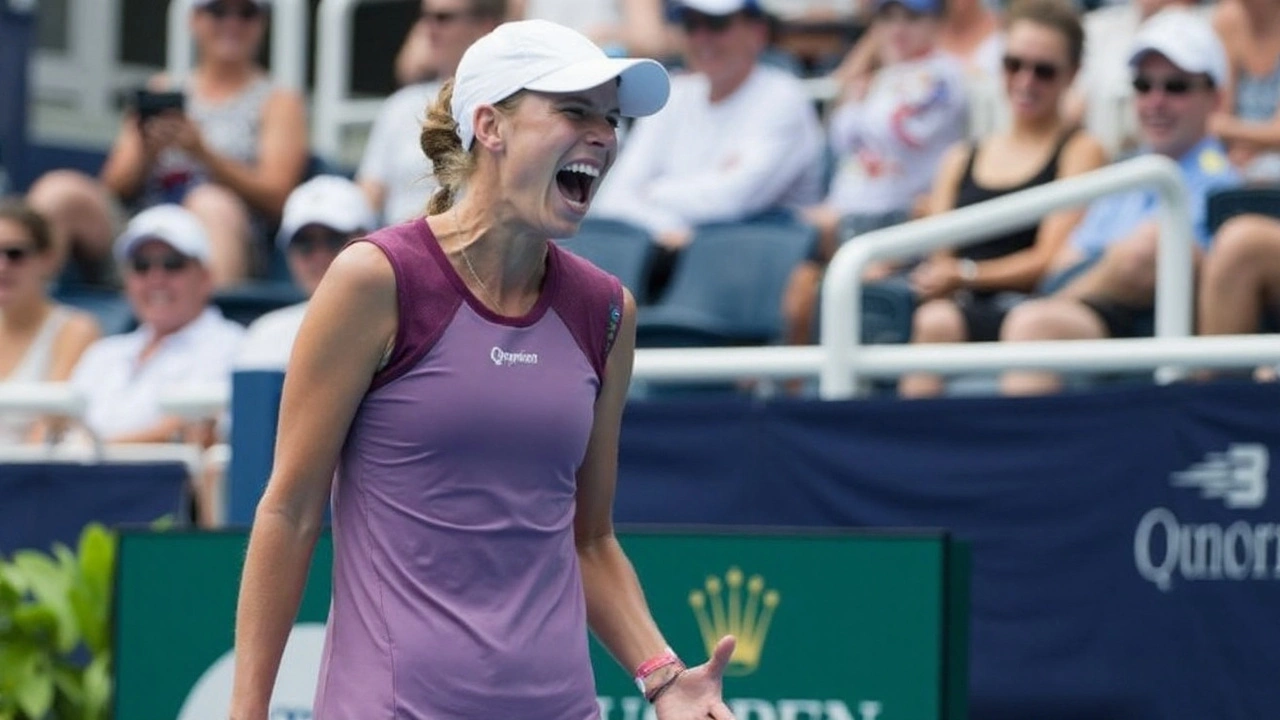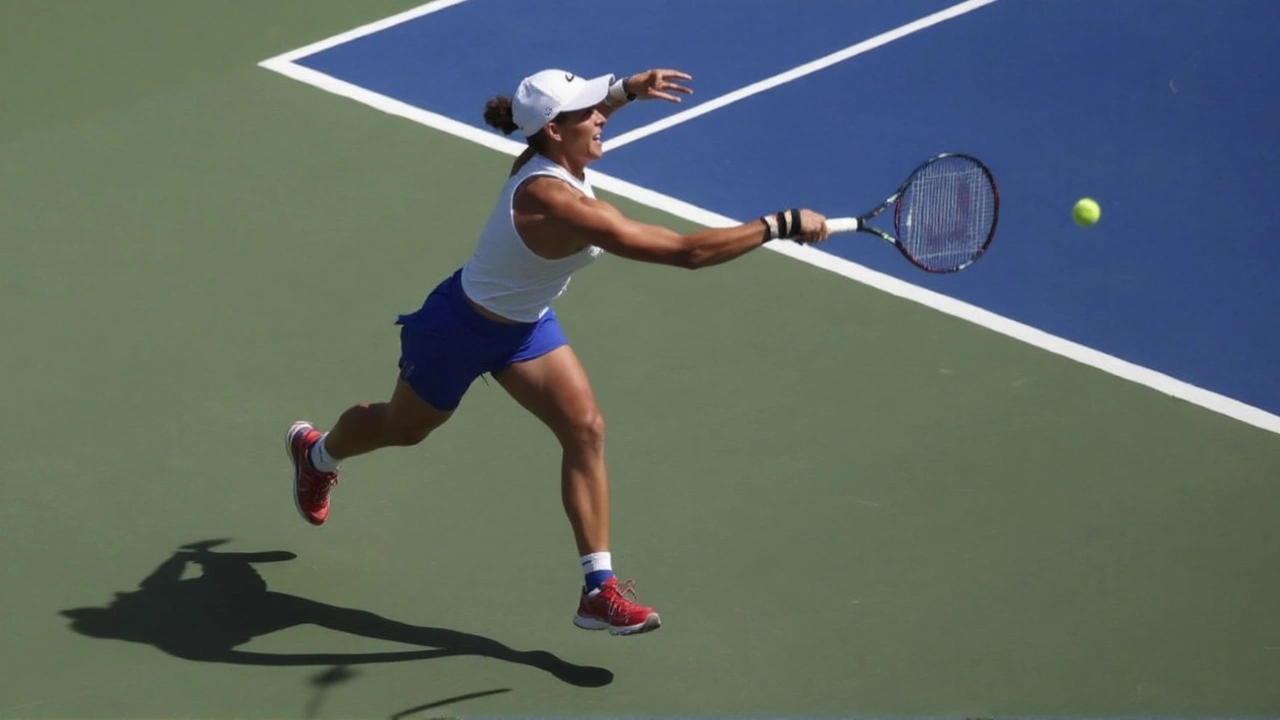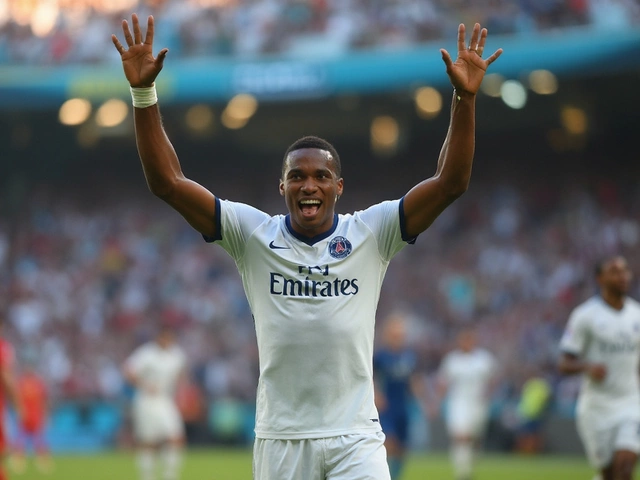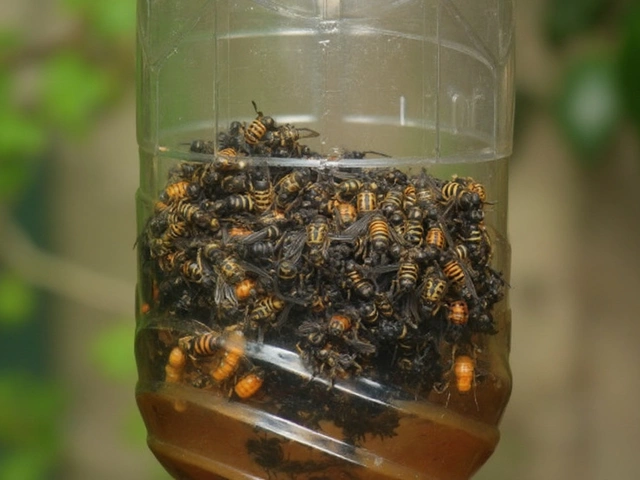Record money, packed fields, and a fast start in New York
Ninety million dollars. That’s the total prize pot at this year’s US Open 2025, a new high-water mark for the final Grand Slam of the season and a 20% jump from last year. The message from Flushing Meadows is crystal clear: the tournament is investing across the board—top to bottom, singles to qualifying.
The headline numbers are blunt. Singles champions will bank $5,000,000 each, up 38.89% from 2024. Runners-up rise to $2,500,000 on the same percentage increase. Even a one-and-done in the main draw now pays $110,000, a 10% bump designed to ease the cost burden on lower-ranked players who travel with teams and face rising expenses. Qualifying players see gains too: a first-round qualifying appearance is now worth $27,500. Compared with 2015, the total purse has more than doubled—up 113%—reflecting a decade-long push by players and organizers to better fund early rounds while still rewarding champions.
This is not just about money. It’s about the stage. The USTA Billie Jean King National Tennis Center is running day and night sessions from August 24 through September 7, with roofed stadiums insulating play from late-summer New York heat and surprise showers. Electronic line calling remains in place across show courts, and the night-session atmosphere on Arthur Ashe—32,000-plus seats stacked high with noise—is as unforgiving as it gets in tennis.
On the men’s side, the plot feels familiar and fresh at the same time. Top-seeded Jannik Sinner arrives as the defending champion after beating American Taylor Fritz in last year’s final. Carlos Alcaraz, the second seed, is right there with him. They split the last two major finals—Alcaraz took Roland Garros; Sinner answered at Wimbledon—and they were set to meet again at the Cincinnati Masters before illness forced Sinner to withdraw, handing Alcaraz a walkover. The gap between these two and the chasing pack looks wide on paper.
Oddsmakers back that up. Sinner and Alcaraz are the clear favorites, with Novak Djokovic hovering at 14-1. Among the Americans, Ben Shelton sits shorter than his older compatriots at 18-1 after lifting his first ATP 1000 title at the National Bank Open. Fritz, the fourth seed and last year’s runner-up, is longer at 30-1—respectful, but a reminder of how top-heavy the field appears.
The women’s draw has its own gravitational pull. Aryna Sabalenka, last year’s champion, is already through the first round after turning away Rebeka Masarova 7-5, 6-1. Her powerful baseline game tends to play well under the lights in New York, and she’s made a habit of starting hard-court seasons fast. The chase group is loaded with major winners and finalists, including names like Iga Swiatek, Coco Gauff, and Elena Rybakina—players who can match Sabalenka’s pace or blunt it with variety.
The first wave of results set the tone. Ben Shelton handled qualifier Ignacio Buse in straight sets—6-3, 6-2, 6-4—on Ashe, the kind of crisp opener players want to conserve energy for a two-week grind. Novak Djokovic moved safely into round two as well, another routine step for a four-time US Open champion who still has the serve, the return, and the instincts to make anyone miserable at night. Emma Raducanu, back in New York where she stunned the sport in 2021, flew past Ena Shibahara 6-1, 6-2 on Louis Armstrong Stadium.
Then came the jolt. Daniil Medvedev—champion here in 2021—fell in five to Benjamin Bonzi, his third straight first-round exit at a major. It was the sort of loss that stings twice: the drama of five sets and the reminder that when the margins are small and the draw is deep, reputation only buys you so much. Medvedev’s frustration bubbled over with a splintered racket after match point. Bonzi, for his part, earns a signature win and a launchpad for the rest of the fortnight.
Beyond the headline results, the early rounds are about management. New York in late August is heavy air and long rallies. Court speed is medium-fast, but the conditions can feel slow when humidity rises. Players who handle their service games efficiently and win the short exchanges tend to last. Feet and lungs matter as much as forehands. The roofs on Ashe and Armstrong remove some variables, but the marathon nature of best-of-five and the density of the schedule remain.
Broadcast coverage is comprehensive. ESPN and ABC share the TV load in the U.S., while ESPN+ and Fubo stream across devices. Day sessions typically begin late morning, night sessions under the lights in prime time, and every major court—Arthur Ashe, Louis Armstrong, and the Grandstand—feeds the pipeline. For fans outside the U.S., domestic partners carry the world feed, and the digital scoreboard and live stats mean you rarely miss a momentum swing.

Who can break the Sinner–Alcaraz hold, and where the value sits
Let’s be honest: the road to the men’s title runs through Jannik Sinner and Carlos Alcaraz. Sinner’s serve and backhand have hardened into reliable weapons under pressure, and he’s hitting his spots with the kind of discipline that wins night matches. Alcaraz brings the improvisation and first-strike electricity that flips a set in three points. Their different gears—Sinner’s cold precision, Alcaraz’s controlled chaos—make them brutal to solve over five sets.
Still, there’s room for spoilers. Novak Djokovic is not the favorite, but at 38 he’s still Novak. If his forehand depth is landing and the backhand redirect is clean, he can shrink a stadium and slow the pulse of any match. Ben Shelton’s lefty serve is a New York weapon—a flat dart out wide, then a forehand hammer into space. Taylor Fritz’s level the past 12 months has been steadier than the odds suggest, and the court rewards his first-strike patterns when he’s landing a high first-serve percentage.
Americans will also look to Tommy Paul and Frances Tiafoe to make the second week. Paul’s court sense under pressure has improved; Tiafoe’s flair and net instincts play well at night, where he reads the crowd and rides momentum. But deep runs require holding serve under stress and finding free points late in sets. That, more than anything, separates contenders from quarterfinal tourists.
On the women’s side, Sabalenka’s blueprint here is straightforward: overwhelm on serve and take time away with early, flat strikes. The players most likely to disrupt that script either counterpunch with depth and change of pace or meet fire with fire. Iga Swiatek’s topspin and return numbers put her in every match from the first ball. Coco Gauff defends with speed and looks to turn defense into offense off the backhand wing. Elena Rybakina’s serve is the simplest solution of all—if it lands, rallies get short in a hurry.
One theme to watch: early-round balances. The US Open’s prize increases in qualifying and the first two rounds have made the event more accessible for players outside the top 100 to travel with coaches and physios. That tends to tighten margins, because better support teams mean better scouting and match plans. In practical terms, seeds can get clipped on outer courts by players who know exactly where to attack.
As for scheduling dynamics, the tournament’s two roofs are a blessing and a headache. They guarantee prime-time showcases go on as planned, which is great for fans and broadcasters. But indoor conditions can change ball speed and bounce ever so slightly, and day-to-night swings demand quick adjustments in string tension and shot selection. Veterans usually adapt faster; rookies sometimes need a set to find their bearings.
Expect the night sessions to decide more than a few storylines. The Ashe atmosphere is not gentle. Crowd surges can snowball into breaks of serve. Players who manage momentum—taking extra time, shortening points with serve-plus-one patterns, cutting off cross-court exchanges early—often leave the court with the edge.
If you’re hunting for value, look at sections of the draw rather than the outright winner board. A player with a clean path through the first week can build form without sprinting too early. Watch for fitness flags—taped knees, tight shoulders, lingering illness—because two matches in 48 hours is one thing, but four in six days with heavy humidity is another. By the second Monday, the eye test usually tells you as much as the stats.
For the next two weeks, the themes are set. Record money, yes, but also record depth. A defending men’s champion in peak form, a rival who matches him blow for blow, and a women’s title defense already underway with a statement win. Early shocks have landed, as they tend to in New York. The rest is a test of nerve, lungs, and the small choices in big moments that separate Center Court from the airport.





